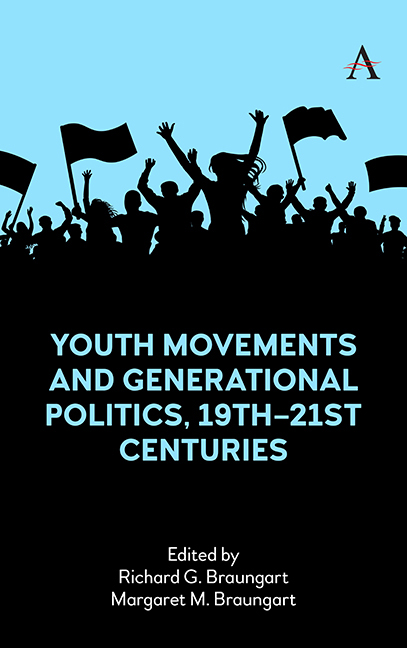3 - Moral Development and Youth Activism
Published online by Cambridge University Press: 18 November 2023
Summary
Moral development involves learning and expressing standards of right and wrong and gaining a sense of duty and obligation. What is considered good and bad, proper and improper, is grounded in values (e.g., caring, personal achievement, fairness) and ideals (e.g., virtues, ethical principles, civil rights) and reflected in cultural tradition, law, and social institutions, especially the family, education, and religion. How moral values are formed, what motivates moral behavior, and why people may or may not act on their moral beliefs are questions that have been debated throughout history.
While scholars and theologians continue the discussion today, this examination of moral development and its relation to youth activism is based on contemporary theory and research in psychology and the social sciences. After briefly identifying some of the central dimensions of morality, the principal social and psychological explanations for moral development are reviewed. These explanations or theories describe moral learning and a variety of influences on people's beliefs and behavior. Next, the relationship between morality and youth activism is explored by examining young people's development and the various forms of their activism as well as what the research indicates about moral development and youth activism.
Youth activism is considered here in its broadest sense as referring to the participation of young people in activities intended to improve the community and in youth movements to change society. Schools, religious groups, political organizations, and local and national institutions encourage youngsters to volunteer in their communities, which is generally considered an excellent way to foster young people's moral values, character, and citizenship.
Youth movements are another form of activism and may be defined as the organized, conscious attempt of young people to bring about or resist social change. Youth movements may be initiated by young people or sponsored by adults and adult organizations. A survey of modern history indicates that from 1815 onward, youth movements erupted periodically, resulting in at least five identifiable waves or clusters of youth movement activity. What began as a few youth movements in the early nineteenth century became global in scope by the 1960s and 1980s (see Braungart and Braungart, 1989). Youth movements are especially threatening to adult authorities, often creating societal turmoil and sometimes toppling governments and revolutionizing societies.
- Type
- Chapter
- Information
- Publisher: Anthem PressPrint publication year: 2023

